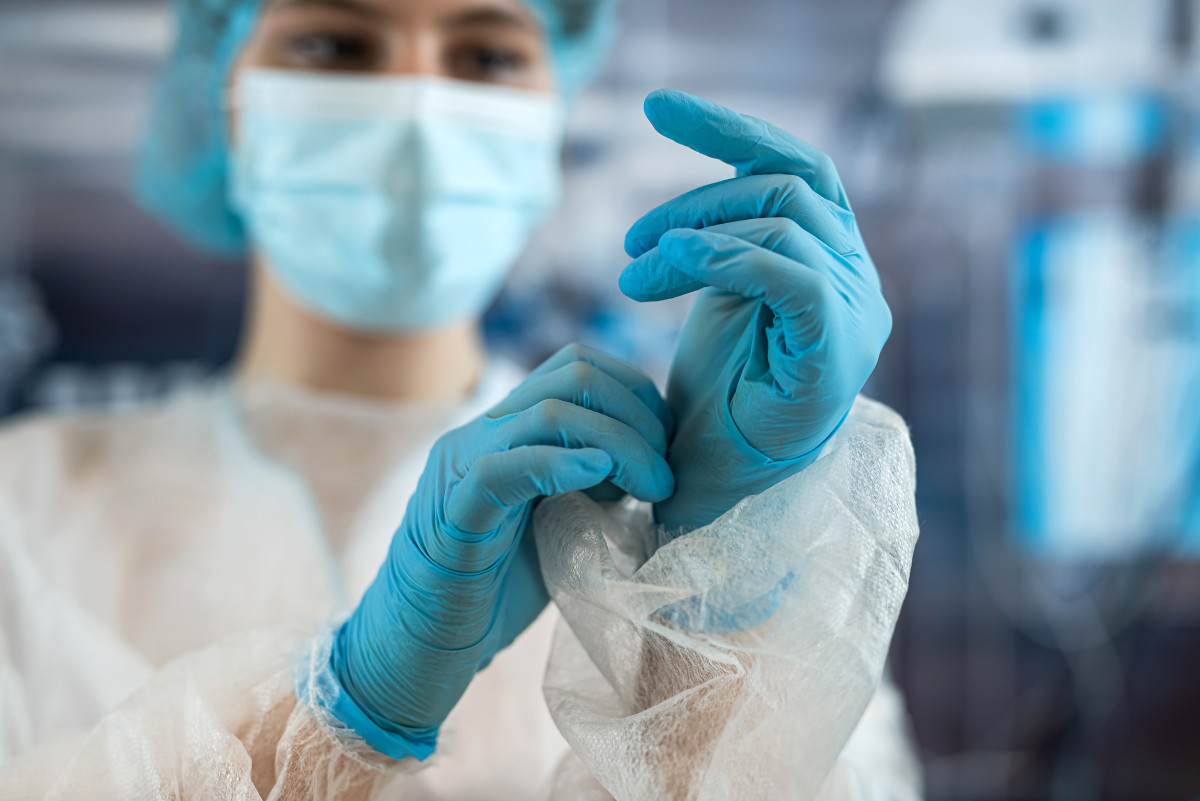Hospital hygiene: A key to safe patient care
Hospital hygiene plays a key role in ensuring the safety of patients and staff in medical facilities. In a hospital, people with various illnesses interact with each other, increasing the risk of infection. At the same time, numerous medical devices and instruments are used that require careful cleaning and disinfection.
Companies specializing in medical technology design and packaging design for medical devices make an important contribution to ensuring hygiene standards. In this article, we explore the importance of hospital hygiene, its objectives, and the role of innovative solutions in the field of medical devices.
Goals of hospital hygiene
The goals of hospital hygiene are to minimize the risk of infection while protecting the health of patients and staff. This includes not only adhering to strict hygiene standards in the hospital but also developing and providing appropriate products and procedures.
Some key goals include:
- Infection prevention
Preventing nosocomial infections that occur during hospital stays. - Protecting staff
Reducing risks when working with infectious materials. - Ensuring product cleanliness
Cleaning and disinfecting medical instruments that come into direct contact with patients.
To achieve these goals, measures such as surface disinfection in hospitals, disinfection of medical devices and strict adherence to hygiene regulations must be consistently implemented.
The importance of surface disinfection in hospitals
A key component of hospital hygiene is surface disinfection. Frequently touched surfaces, such as door handles, beds, or instrument tables, represent potential sources of infection. Thorough and regular cleaning of these areas helps contain the spread of pathogens.
Product design offices play a crucial role by offering innovative packaging and processing solutions that enable hygienic handling and storage. For example, special packaging can prevent sterile instruments from becoming contaminated during storage.
Manual cleaning and disinfection of medical products
Manual cleaning and disinfection of medical devices is another important aspect of hospital hygiene. Although automated cleaning systems are widely used, manual reprocessing of medical devices requires special care and expertise.
Medical devices containing delicate materials or with complex structures often require manual cleaning. The use of suitable disinfectants is crucial to ensure complete sterilization. Hand sanitizers for medical devices and special cleaning kits help meet hygiene requirements.
Good packaging design can also increase the efficiency of manual reprocessing and thus the user experience in medical technology, for example, by facilitating access to sterile instruments.

Hygiene regulations in hospitals: An essential foundation
Compliance with hygiene regulations in hospitals is the basis for effective infection prevention. These regulations affect all areas of hospital operations, from the use of sterile instruments to training staff in hygienic procedures.
A key component of these regulations is the proper disinfection of medical devices. This ensures that instruments can be safely reused after use. At the same time, the risk of cross-contamination between patients is minimized.
Medical design manufacturers develop special solutions for this purpose that not only meet the high hygiene standards but also enable easy handling. This helps hospitals meet their hygiene requirements.
Innovations in the field of medical technology and packaging design
Modern medical technology offers numerous opportunities to optimize hygiene measures in hospitals. Packaging design, in particular, plays a key role here. Sterile packaging that is easy to open ensures that instruments can be removed and used hygienically.
In addition, manufacturers are working on innovative materials with antimicrobial properties that minimize germ transmission. These advances are particularly important in areas such as the manual cleaning of medical devices, as they increase process efficiency and safety.
The role of medical device disinfection
Disinfection of medical devices is a crucial step in hospital hygiene. From surgical instruments to diagnostic devices, all medical devices must be thoroughly disinfected after use to prevent the transmission of pathogens.
Both automated systems and manual procedures are used. While machines offer high efficiency for standard cleaning, manual disinfection is often essential for sensitive devices.
A well-thought-out packaging design greatly simplifies this process. It ensures that products remain protected from contamination during transport and storage and maintain their sterility until use.
Practical measures for hygiene in hospitals
In addition to cleaning and disinfecting surfaces and instruments, other measures also play a role:
- Hand hygiene: The use of hand sanitizers reduces transmission of germs among staff.
- Training: Regular staff training in hygiene regulations promotes compliance with standards.
- Hygienic storage: Sterile products must be stored under optimal conditions to ensure their quality.
Manufacturers specializing in medical technology and packaging design offer solutions that effectively support these measures.
Conclusion: Hospital hygiene is a collective task
Hospital hygiene is an essential foundation for safe and effective patient care. From surface disinfection in hospitals to the manual reprocessing of medical devices – every measure contributes to minimizing the risk of infection and protecting the health of everyone involved.
Medical technology manufacturers are making a crucial contribution by developing innovative solutions that facilitate the implementation of hygiene regulations in hospitals. With sophisticated packaging designs, efficient disinfectants, and user-friendly products, they are laying the foundation for a modern and hygienic hospital environment.
If you have any further questions on this topic, please feel free to contact us at any time.
Read next:
